Regional
UN GoE report uncovered MONUSCO’s lies
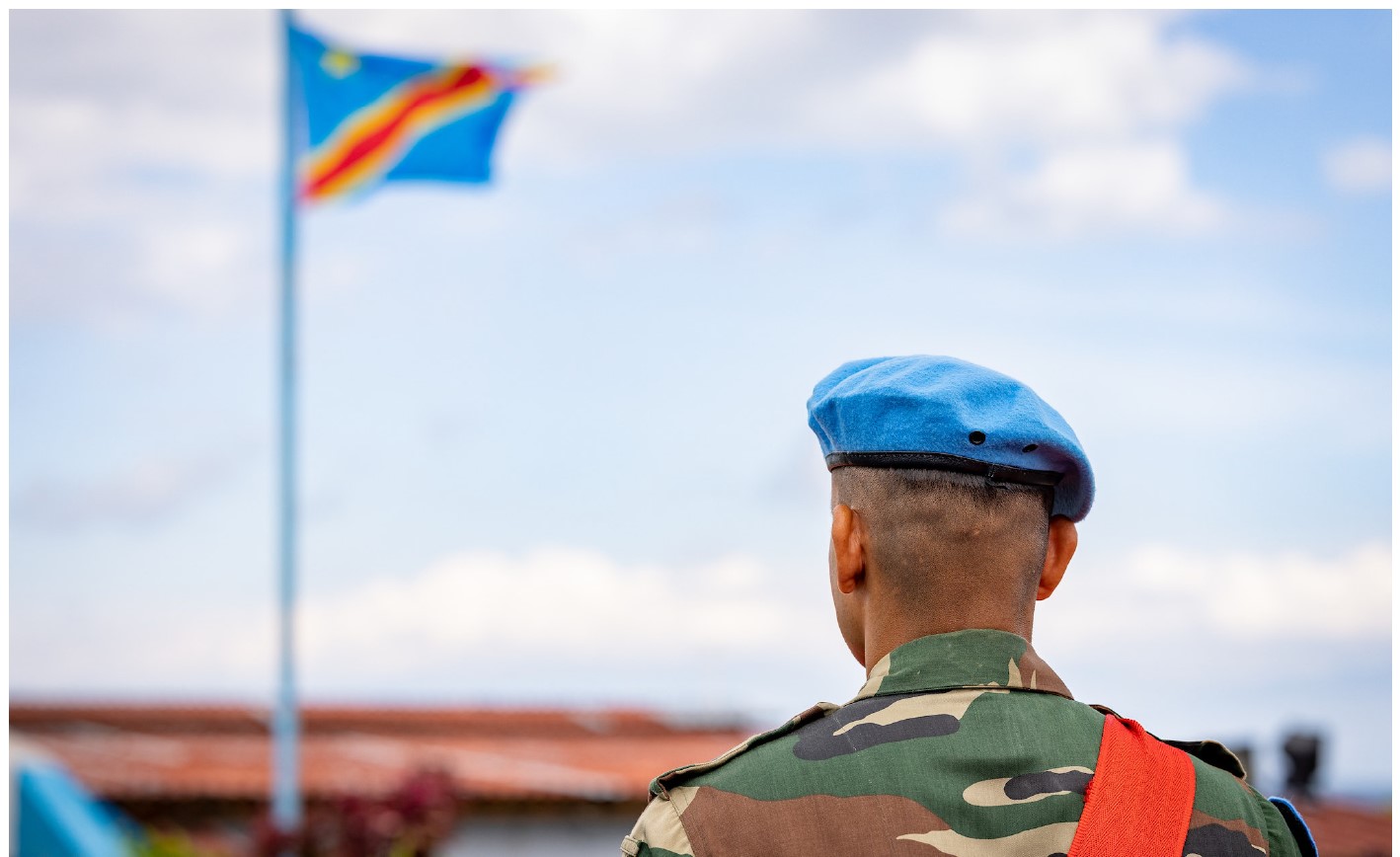
In February 2024, fighting
flared between M23 rebels and Congolese government forces near Goma, the
capital and largest city of North Kivu Province, in eastern DRC.
During the fighting, on
February 2, a United Nations Mission MONUSCO helicopter carrying out a medical
evacuation came under fire near Karuba, in Masisi territory. The attack wounded
two UN peacekeepers, one of them seriously.
The Congolese government, MONUSCO,
and the international community all blamed the M23 rebels for the incident.
Others went as far as blaming Rwanda, which they accuse of supporting the
rebels, an accusation Kigali has vehemently denied.
In a statement released
shortly afterwards, the head of MONUSCO, Bintou Keita, ‘strongly condemned’ the
attack and reiterated her call to the M23 to cease hostilities and
unconditionally disarm.
A few months after the
incident, the truth came out, no matter how hard UN peacekeepers in DRC tried
to hide it.
In a ‘leaked’ report by the UN
Group of experts on DRC, it was revealed it was the Congolese Republican
Guard’s Special Unit in Kimoka that used commercial drones equipped with mortar
shells or other explosives - including IEDs against MONUSCO.
“The group reiterates that
these attacks on UN peacekeepers and staff constitute of sanctionable acts,”
read part of the report.
Kinshasa blaming the M23
rebels for all the insecurity in the east is not new, and it now looks like the
UN peacekeepers have joined the blame games trend. MONUSCO purposely chose not
to conduct any investigation after the incident, because it found it convenient
to solely blame the M23 rebels for the attacks and the death of their
peacekeepers.
In early November 2023,
MONUSCO and the Congolese national army launched operation springbok allegedly
to defend Goma from falling in the hands of M23 rebels.
Since then, the coalition has
carried out heavy attacks against M23, and the rebel group accused the
coalition of using heavy artillery while shelling in populated areas.
When MONUSCO blamed M23 rebels
for deadly attacks, it was just a cover-up for their security failures, and the
mission’s failure to protect the Congolese population, like the Kinyarwanda
speaking community, especially the Congolese Tutsi.
Congolese Tutsi communities,
whom M23 rebels are fighting to protect, are being persecuted, killed and
subjected to hate speech, by the Congolese army's coalition of Burundian
troops, SADC troops, Wazalendo militia, eastern European mercenaries, and the
Rwandan genocidal militia, FDLR, with the support of MONUSCO.
The blue helmets have been operating in DRC since 1999. Currently, 12,800 of the initial 20,000 troops are still deployed in different regions of DRC, on a budget of more than $1 billion a year. It is the most expensive peacekeeping mission in the UN’s history, despite the fact that for more than two decades of operations in eastern DRC, it has brought no positive change. Armed groups multiplied from about five to over 260, as of 2024.


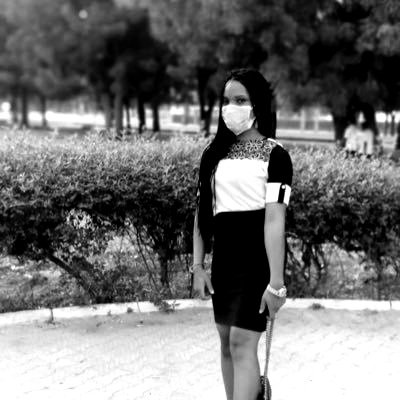
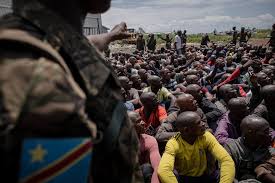
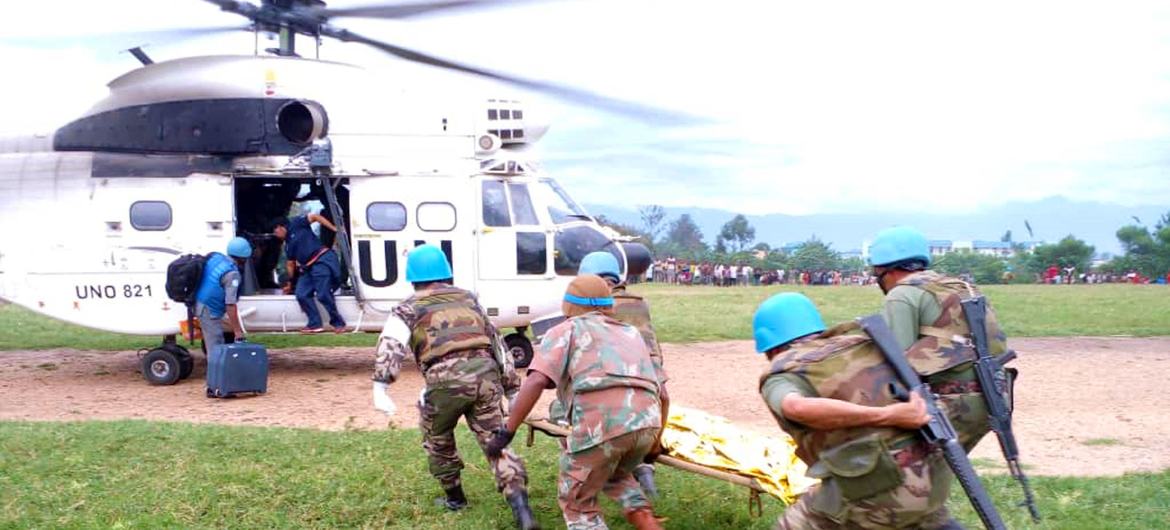
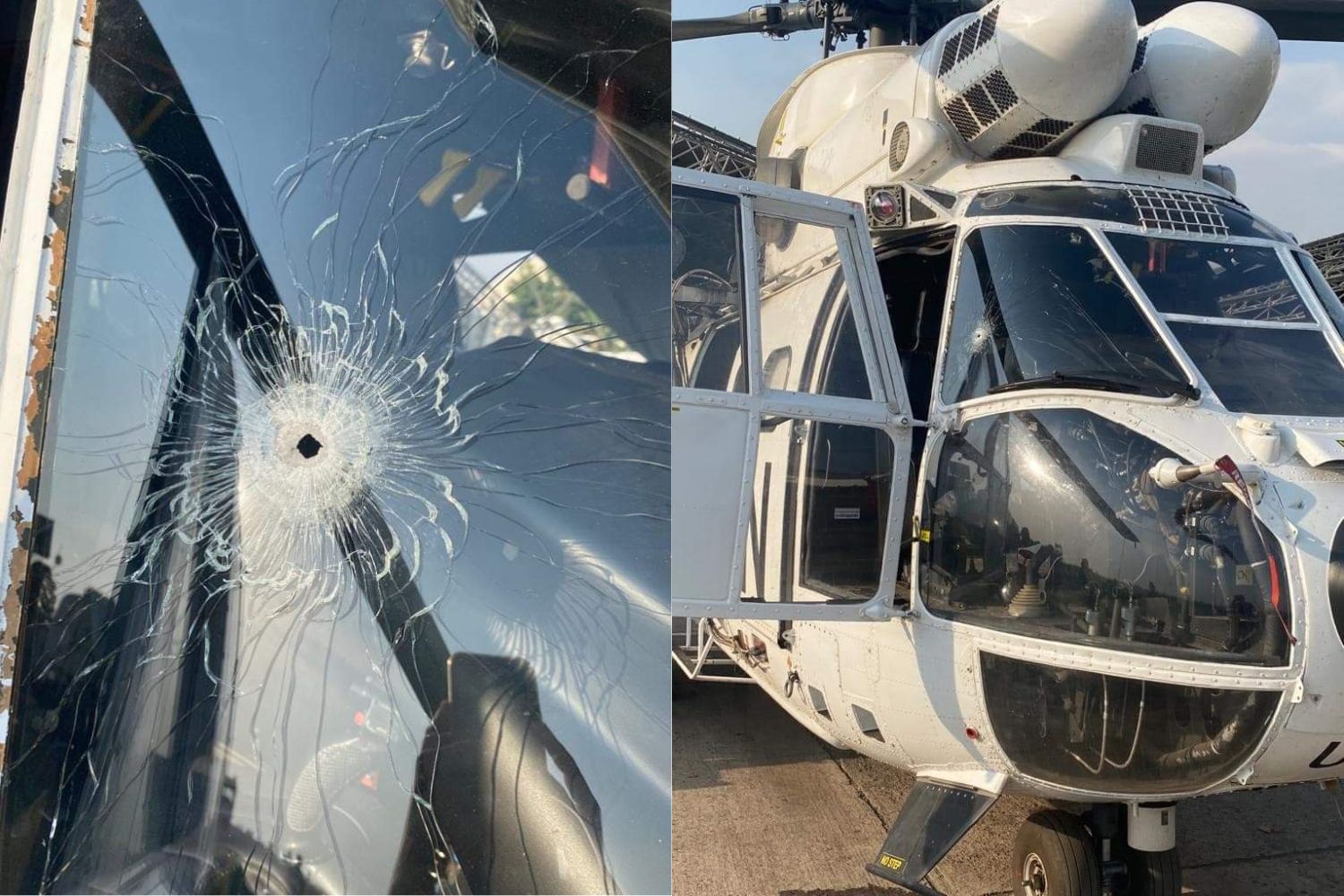
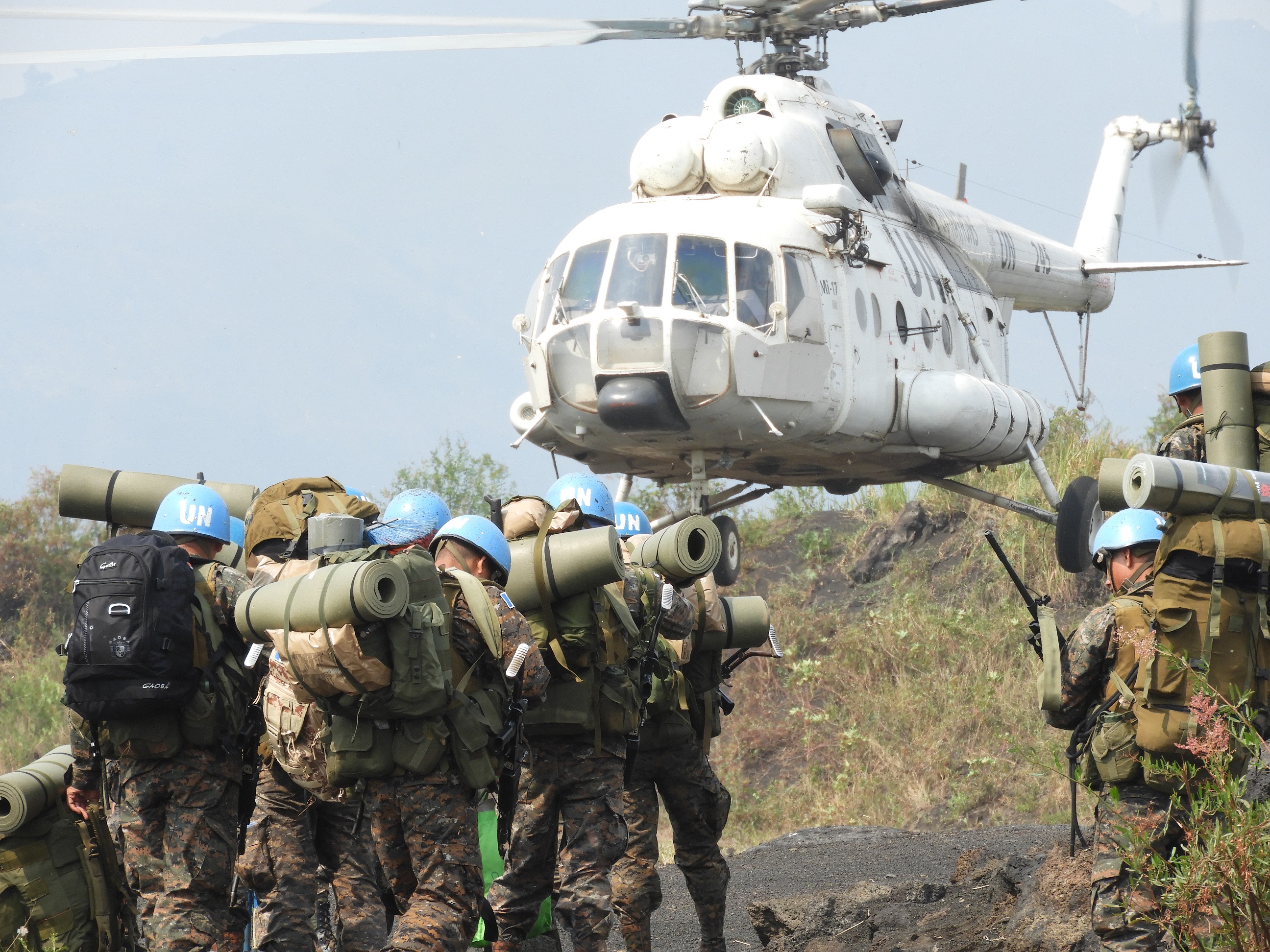
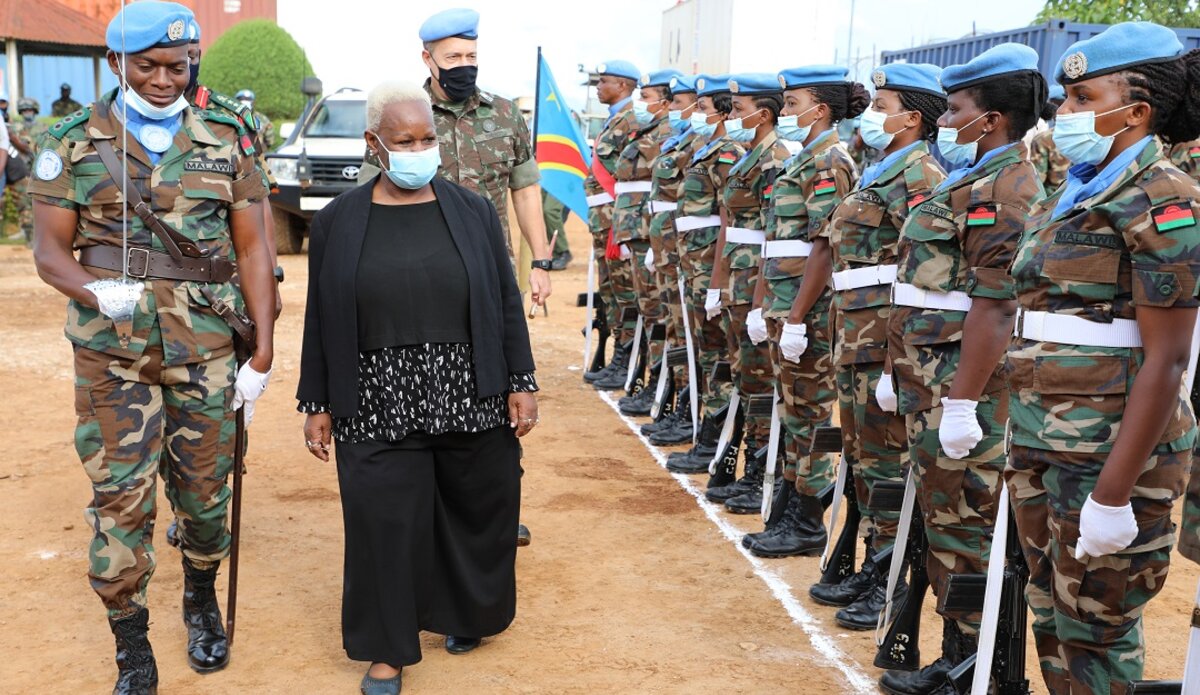
.jpg-20230823071016000000.jpg)